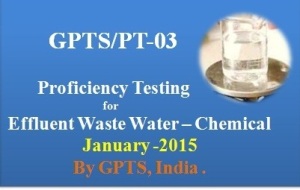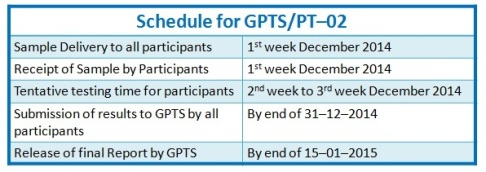ISO/IEC 17025 is the global standard for quality and calibration laboratories. It is the basis for the accreditation of a certification body. There are two main clauses of ISO/IEC 17025 – Management Requirements and Technical Requirements. Management requirements are related to the operation and effectiveness of the quality management system within the laboratory, and this clause has similar requirements to ISO 9001. Technical requirements address the competence of staff; testing methodology; equipment and quality; and reporting of test and calibration results.
Regardless of ISO 17025 Standard the system of the quality of your calibration laboratory is based on the Proficiency Testing is a great way to validate its measurement process. Proficiency tests can validate the method of measurement participating laboratory, technical training, traceability standards, and uncertainty budgets. Although the lab has been more rigorous in the development of the above laboratory processes, it is important to use proficiency tests as an additional means of checking that all aspects of the laboratory measurement system. For a calibration laboratory to be accredited to ISO 17025 Documents, the accreditation body often has specific requirements for participation in proficiency tests. Before discussing the proficiency testing requirements specific accreditation body, it is helpful to understand why proficiency tests are required to be accredited.
What is Proficiency Test (PT)
A proficiency test (PT) is simply a method that you can use to validate a particular measurement process. The reference value of the artifact is not known by the participating laboratory at the time of measurement (test). In a competency test well designed, the reference value for the artifact should be mainly determined by a competent laboratory with proper traceability to International System of Units (IS). The reference laboratory should also have demonstrated competency if key comparisons, inter laboratory comparisons, or appropriate skill checks to validate their measurement capability. It is also preferable that the laboratory had jurisdiction independently evaluated by the process of laboratory accreditation.
Proficiency Testing Plan:
When developing an aptitude test plan for your lab, the first element to consider is the length of the proficiency testing cycle for your laboratory. The laboratory should plan to participate in proficiency testing activities enough to cover the technical scope of the laboratory. If your laboratory is not accredited, you can select any length of time for the cycle for you, but if you make an application for certification, it is advisable to align your test plan skill requirements of the agency Accreditation to which you are applying. If you are an accredited laboratory, the maximum cycle time that you can select is four years. It is important to note that the laboratory can choose a small period of time for the proficiency testing cycle. A shorter cycle may be necessary for laboratories with a small technical scope of accreditation to meet the additional accreditation body, or may be desirable if the laboratory is interested in a more comprehensive quality program. For accredited laboratories, starting with the selection of the maximum four-year cycle time minimizes the cost to the laboratory while ensuring compliance with applicable requirements.
Proficiency testing plan comprises following key points:
- Include information such as an explanation of why proficiency testing may not be possible for certain major sub-areas.
- Address the laboratory’s process for timely submission of proficiency testing results to the accreditation body in the required time frame.
- Complete and implement corrective actions for measurement areas that have received unsatisfactory proficiency testing results and submit the information to the accreditation body in a timely manner.




